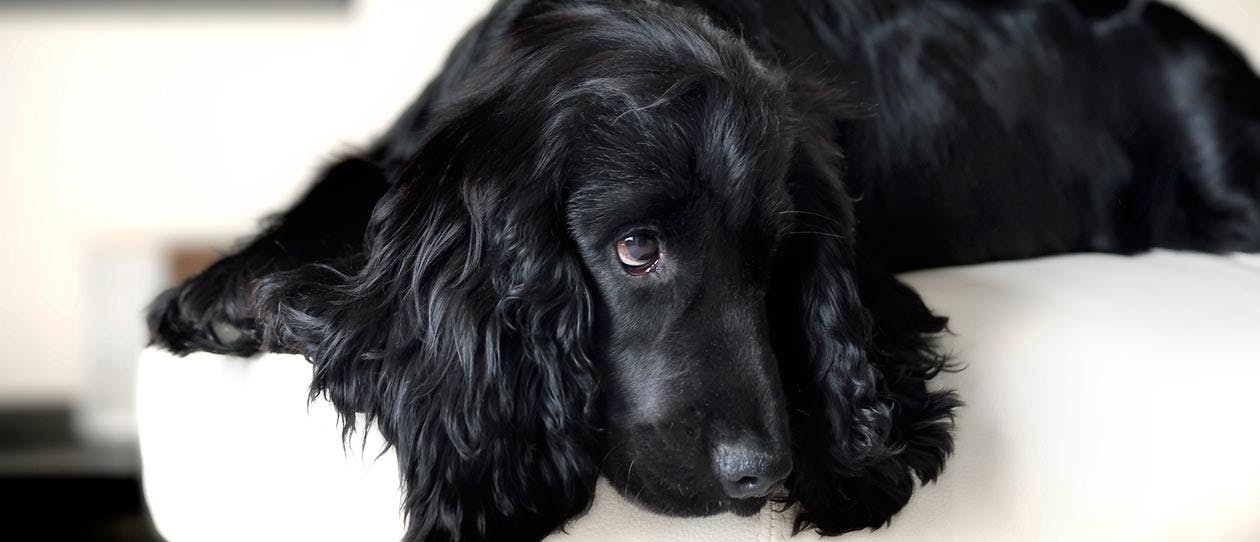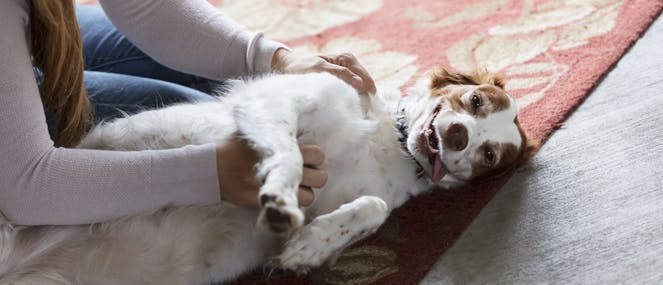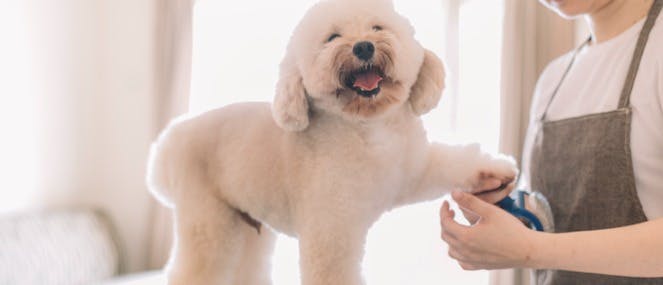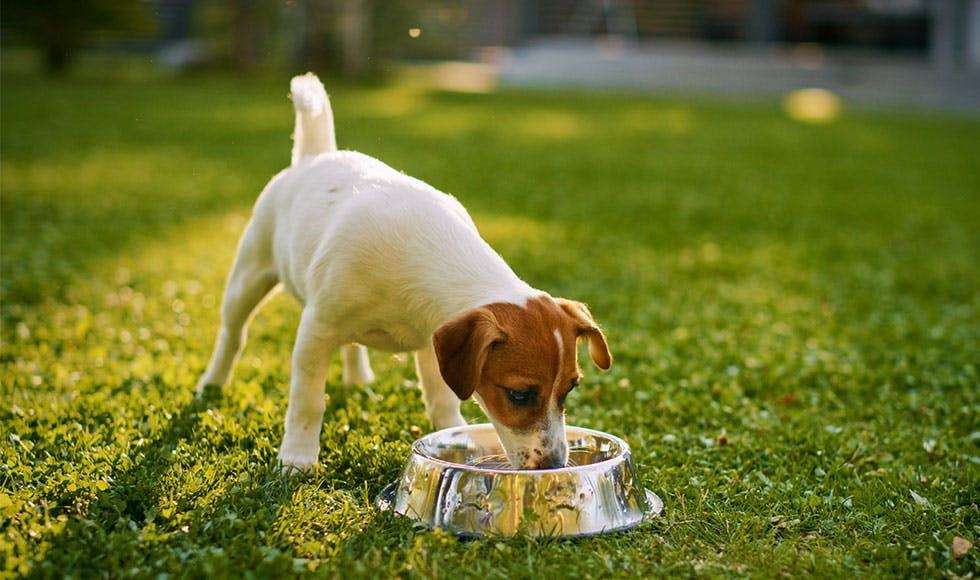
- A Guide To Perfect Your Pet's Health/
- Health and Vitality Products For Your Dog/
- Caring For Breeds: Cocker Spaniel


Originating from Spain, Cocker Spaniels eventually hit English shores in the 1800s, where they were bred as both companion and hunting dogs, and they’re now a popular dog breed in Australia. Affectionate, gentle dogs that will fit in with most households, the Cocker Spaniel is active and sturdy enough to get along with other active pets if you have them, but equally as happy in a quieter home, making them popular in retirement homes. They can be very needy when it comes to attention, and some will not cope well with being left alone, so may require some targeted training as a puppy.
In terms of appearance, they have slight, muscular bodies, and long silky coats with a gentle wave that comes in a wide range of colours including black, gold, liver, red and multicoloured. Cocker Spaniels have delicate, pretty faces with distinctive, long floppy ears, small rounded head, the most gorgeous long eyelashes,and long, luxurious tails.
Caring for a Cocker Spaniel
They are considered high maintenance when it comes to grooming as their long coat requires a daily brush, and regular clipping is highly recommended. If you don’t have time for this grooming – or the budget, you may wish to steer away from the Cocker Spaniel as it is essential to their wellbeing. Their fine, silky hair is prone to tangles, which can pull at the skin and cause irritations, or even infections if left poorly managed. Cocker Spaniels are also prone to ear issues, due to their floppy nature! Find out the best way to clean your dog's ears and ensure you are using a gentle ear cleaner to avoid irritation.
Like many breeds, Cocker Spaniels do require consistent training from a young age - despite being easy going dogs, they are forgetful, so repetition will allow them to form good habits. Need some help to improve your dog behaviour? Try our 4 weeks to a better behaved dog Action Plan.
They also need plenty of exercise for mental stimulation and to stay fit – around 30 minutes per day is ideal. Being highly sociable, they’ll enjoy a stroll through your local park, and given one on one time with their owners is one of their key priorities, they’ll do well with agility training. Not sure where to start? Try out our getting fitter with your dog Action Plan for tips on how to step-up your physical activity with your dog.
They are generally a healthy breed, though the breed may be prone to eye problems such as progressive retinal atrophy (PRA) and cataracts, autoimmune diseases, thyroid issues, skin and ear issues, epilepsy or hip dysplasia. Regular vet checks will help you keep an eye out for these issues.
Breed snapshot:
- Height: Male: 38–43 cm, Female: 36–41 cm
- Weight: Male: 13–16 kg, Female: 12–15 kg
- Lifespan: 12-15 years on average
Related products:
- PAW Wellness & Vitality Multivitamin Chews
Highly palatable low fat kangaroo based chews with alkalising ingredients to maintain general wellness & vitality.




